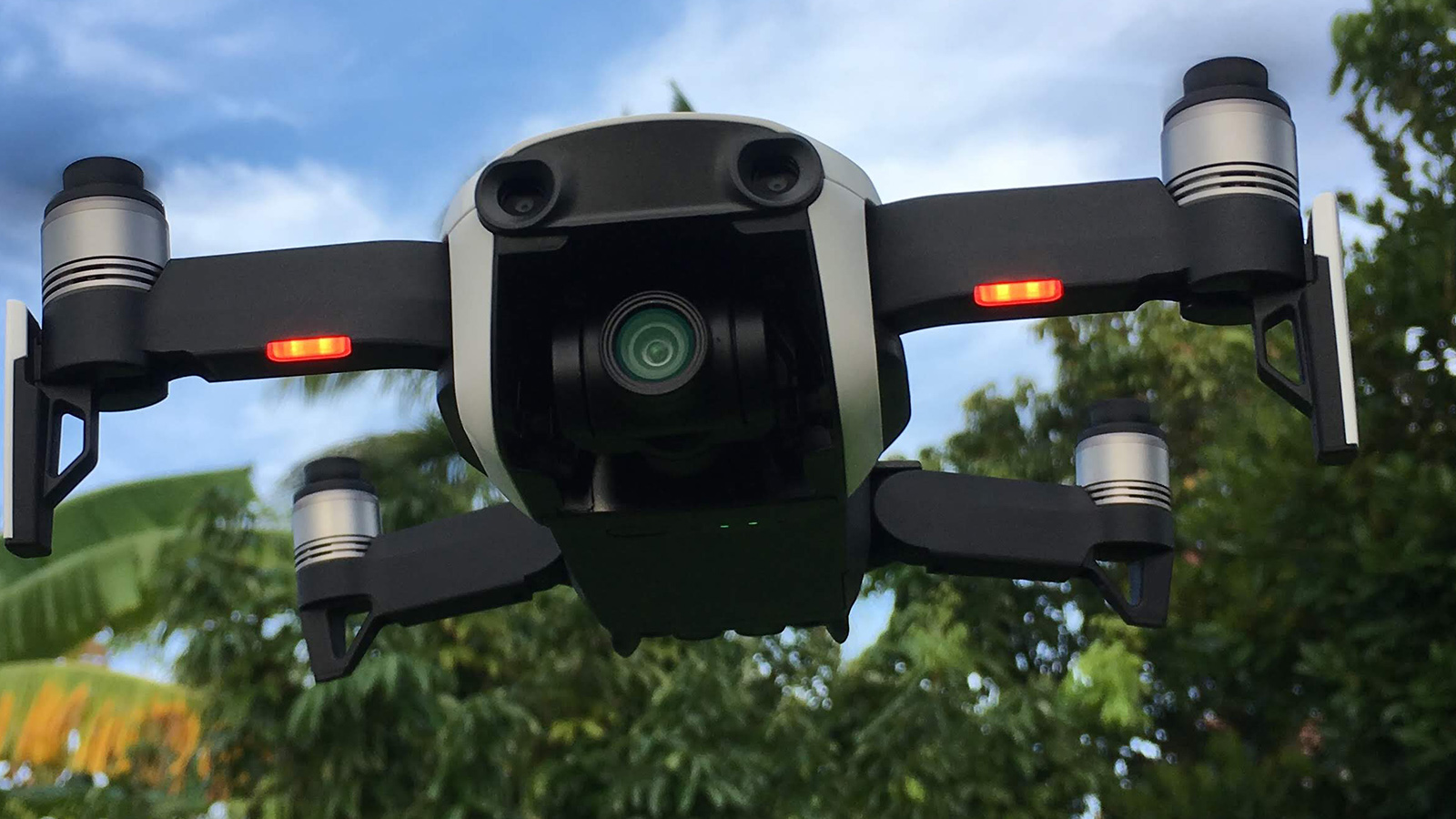Stay Up to Date
Submit your email address to receive the latest industry and Aerospace America news.
Integrating drones into the national airspace has long been a concern for industry regulators, manufacturers and community groups. As the FAA works to bring recreational drone flyers under existing policies for commercial operators, the question of how to do so safely has taken on new urgency.
“We can create all the rules we want, but if people don’t know they exist then we’re still going to get these outliers doing things they shouldn’t with drones and other technology,” said Tyler Dobbs, head of government affairs for the Academy of Model Aeronautics, or AMA, an Indiana-based member organization for recreational model aircraft and drone flyers.
Starting sometime before October, the FAA plans to require recreational drone flyers to apply for and receive approval to fly near airports through the agency’s Low Altitude Authorization and Notification Capability, or LAANC, the online portal through which it currently authorizes commercial drone flights in the areas around airports, also called controlled airspace. Previously, operators of UAS, short for unmanned aircraft systems, only had to notify both the airport operator and air traffic control tower before flying within 5 miles of an airport.
FAA officials said Friday during a call with reporters that the agency is updating LAANC to include recreational operators, but the agency doesn’t have a date for when the service will be available. In the meantime, recreational drone flyers are limited to designated “flying sites” in controlled airspace for which the FAA has granted temporary authorization. Operators can still fly up to 400 feet altitude in uncontrolled airspace without authorization.
An FAA official told me Wednesday that the LAANC changes include operating rules, software development, and testing and air traffic training.
The idea behind the new regulations is to create a “basic set of rules for all UAS operations,” said Jay Merkle, executive director of the FAA’s UAS integration office, during Friday’s call with reporters. “Including everyone under the same rules really does move everything forward.”
The FAA is working with drone manufacturers and organizations like AMA on some of the other regulation changes, including an electronic aeronautical safety and knowledge test all drone operators will need to pass before receiving airspace authorization, Merkle said.
Previously, oversight of recreational drone flyers largely fell to community-based groups like AMA, which provided basic safety guidelines for those flyers, sometimes referred to as hobbyists. Under the new regulations, Dobbs said groups like AMA will have more input on future policy changes impacting recreational flyers.
“We’re the ones that are out there flying, so it’s important that when the FAA looks to update regulations that the people who are actually doing it have their voices heard,” Dobbs said.
Reported sightings of drones near airports have caused headaches for travelers. Most recently, Newark Liberty International Airport in New Jersey suspended air traffic for 90 minutes in January after commercial pilots reported seeing a drone nearby. Gatwick Airport in the United Kingdom canceled hundreds of flights in December 2018 after similar sightings.
To that effect, China-based drone manufacturer DJI Technology Co. announced Wednesday all of its consumer drones weighing more than 250 grams will come equipped with ADS-B In, short for Automatic Dependent Surveillance-Broadcast, receivers that will give drone pilots information about the positions of surrounding aircraft.
The FAA is requiring all manned aircraft to have ADS-B Out, transmitters that provide up-to-date location information to air traffic controllers and other aircraft, by 2020. Although ADS-B In is different, Brendan Schulman, DJI vice president of policy and legal affairs, said it will increase situational awareness for drone pilots by receiving signals of nearby aircraft. A warning light will flash on the pilot’s screen if ADS-B calculates the drone is on a collision course with another aircraft.
“We’re taking professional-grade aviation technology that helps pilots avoid collisions, and we’re putting it in drones that you can buy off the shelf in a big-box store or online,” Schulman said.
https://aerospaceamerica.aiaa.org/features/counterdrone-challenges/
About cat hofacker
Cat helps guide our coverage and keeps production of the print magazine on schedule. She became associate editor in 2021 after two years as our staff reporter. Cat joined us in 2019 after covering the 2018 congressional midterm elections as an intern for USA Today.
Related Posts
Stay Up to Date
Submit your email address to receive the latest industry and Aerospace America news.




